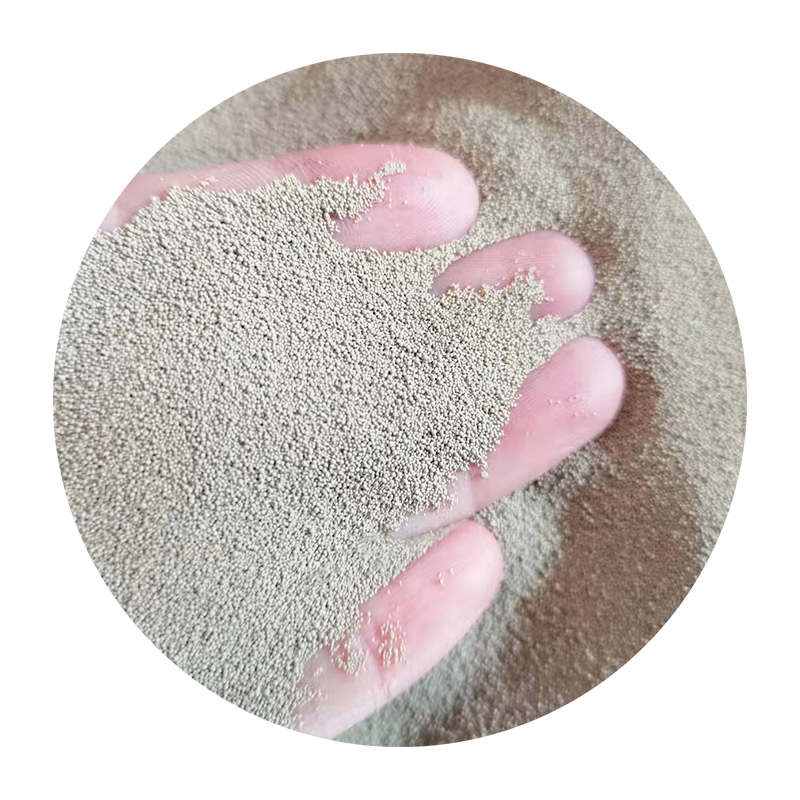The Art of Sanding Clear Resin Techniques and Tips
Sanding clear resin is an essential process in achieving a flawless and polished finish for resin projects. Whether you're working on jewelry, tabletop art, or a larger installation, the sanding process plays a crucial role in enhancing clarity and aesthetics. Clear resin, when polished correctly, can mimic the appearance of glass, adding depth and beauty to your creations.
Understanding Clear Resin
Clear resin is a popular medium among artists and crafters due to its versatility and ease of use. It can be poured into molds, cast with various objects, or used as a coating to enhance the aesthetic of other materials. However, achieving that crystal-clear appearance requires careful preparation and finishing techniques, particularly sanding.
The Importance of Sanding
Sanding clear resin serves multiple purposes. Initially, it helps to remove any imperfections, such as bubbles, fingerprints, or dust particles that may have settled during the curing process. Additionally, sanding creates a surface that is ready for polishing, allowing for better adhesion should you choose to apply a finishing agent.
Step-by-Step Sanding Process
1. Gather Your Materials You will need a variety of sandpaper grits, ranging from coarse (around 80 grit) to fine (up to 2000 grit or higher). Water for wet sanding and a clean towel for drying are also essential.
sanding clear resin

2. Initial Sanding Start with a coarse grit sandpaper to remove major imperfections. It's advisable to sand in a circular motion or back-and-forth to create an even surface. If the piece is large, consider using a sanding block or a machine for efficiency.
3. Progressive Sanding Once the initial imperfections are removed, transition to finer grits. This gradual approach means you won't scratch the surface excessively. For example, move from 80 grit to 120 grit, then to 220 grit, and continue up to finer grits. Each sandpaper grit level should remove the scratches left by the previous one.
4. Wet Sanding As you reach the finer grits (around 400 and above), wet sanding becomes necessary. This technique involves using water to lubricate the sandpaper, which helps reduce heat buildup and prevent clogging. Wet sanding produces a smoother finish and minimizes the risk of creating swirl marks.
5. Polishing After sanding, the resin may still look dull. To achieve a glossy finish, use a polishing compound or a buffing wheel. Apply the compound evenly across the surface and buff until you achieve the desired shine.
6. Cleaning Finally, clean the piece with a cloth to remove any dust or residue from the sanding and polishing process. It’s essential to handle your piece carefully, as fingerprints and smudges can detract from the beautiful finish you’ve worked hard to achieve.
Conclusion
Sanding clear resin is a fundamental technique that can dramatically affect the final look of your projects. By following these steps and using the right materials, you can elevate your resin art to the next level. Patience is key, and with practice, you’ll be able to transform your creations into stunning, glass-like works of art. Embrace the beauty of clear resin, and let your creativity shine!
Post time:Sult . 07, 2024 18:55
Next:Density of Foundry Sand - Understanding Properties and Applications
